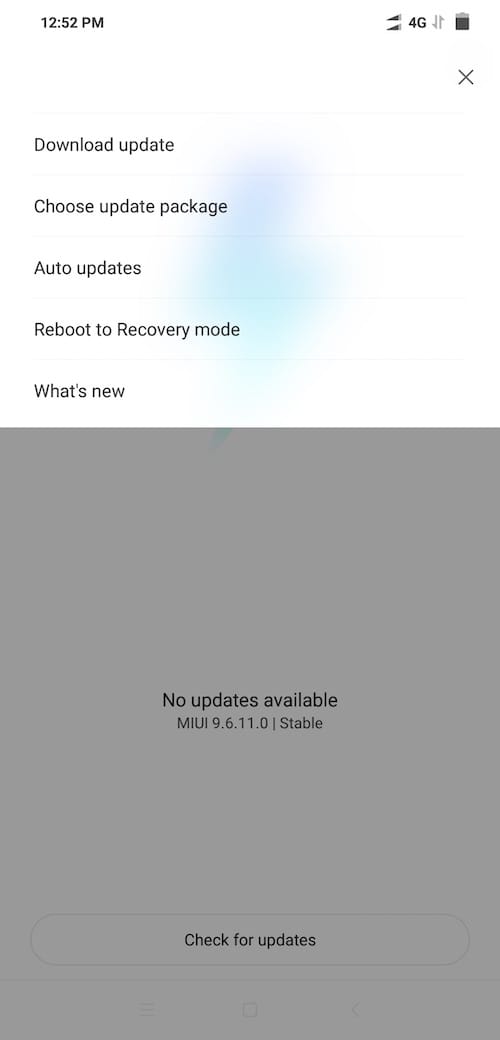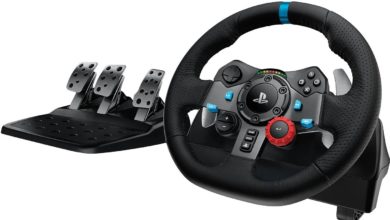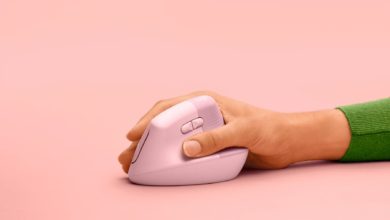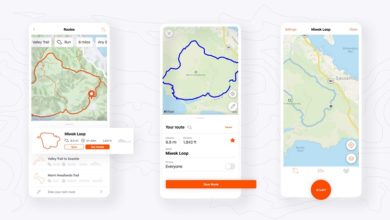News
Poco F1 : How to update your phone
There are different ways to update MIUI OS. You can download the patch/ROM and apply it manually but the easiest way is to use the Updater application. Most of the time, the OS looks for updates and throws a notification when there is an update. Also, do not miss our “Recommended Smartphones” list that contains best smartphones for every budget.
Go to Settings applications, scroll down and click on ‘About Phone’.
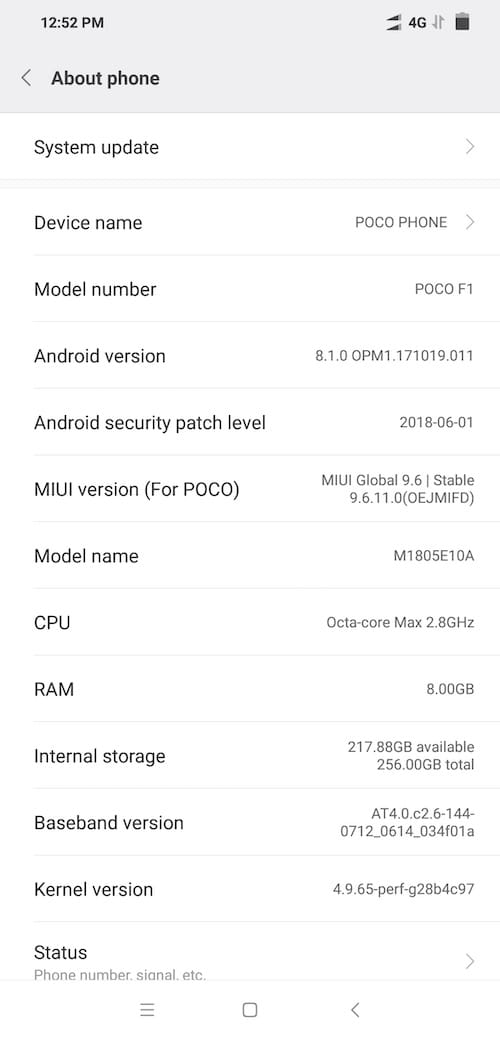
Click on ‘System Update’.
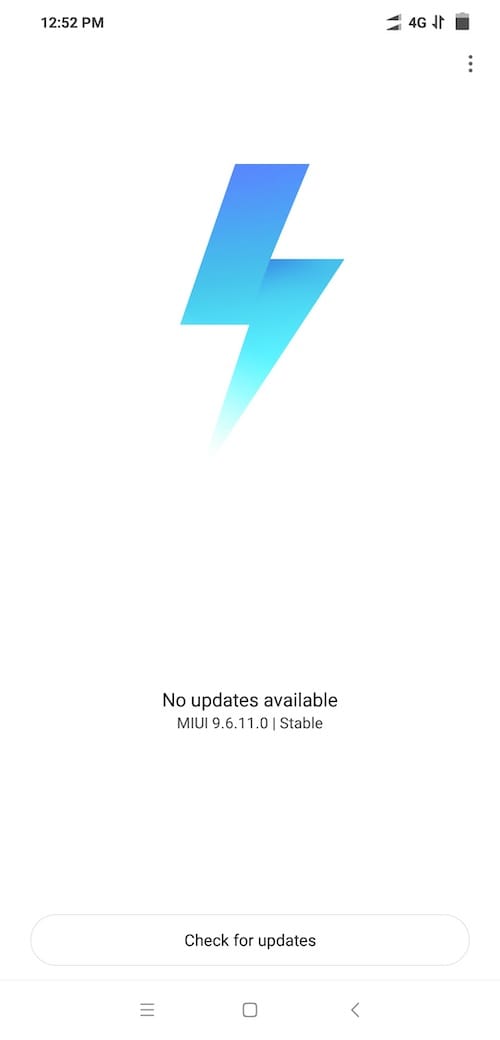
Click on ‘Check for updates’ and you will see if there are any updates available.
